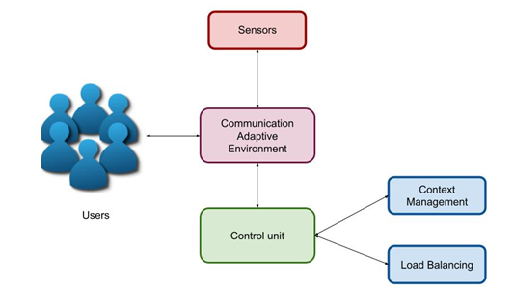Smart Grid Sensor Monitoring Based on Deep Learning Technique with Control System Management in Fault Detection
DOI:
https://doi.org/10.17762/ijcnis.v14i3.5600Keywords:
Smart Grid, Appliances, Fault Detection, Classification, Context Awareness, Feature ExtractionAbstract
The smart grid environment comprises of the sensor for monitoring the environment for effective power supply, utilization and establishment of communication. However, the management of smart grid in the monitoring environment isa difficult process due to diversifieduser request in the sensor monitoring with the grid-connected devices. Presently, context-awaremonitoring incorporates effective management of data management and provision of services in two-way processing and computing. In a heterogeneous environment context-aware, smart grid exhibits significant performance characteristics with the grid-connected communication environment for effective data processing for sustainability and stability. Fault diagnoses in the automated system are formulated to diagnose the fault separately. This paper developed anoptimized power grid control model (OPGCM) model for fault detection in the control system model for grid-connected smart home appliances. OPGCM model uses the context-aware power-awarescheme for load management in grid-connected smart homes. Through the adaptive smart grid model,power-aware management is incorporated with the evolutionary programming model for context-awareness user communication. The OPGCM modelperforms fault diagnosis in the grid-connected control system initially, Fault diagnosis system comprises of a sequential process with the extraction of the statistical features to acquirea sustainable dataset with effective signal processing. Secondly, the features are extracted based on the sequential process for the acquired dataset with a reduction of dimensionality. Finally, the classification is performed with the deep learning model to predict or identify the fault pattern. With the OPGCM model, features are optimized with the whale optimization model to acquire features to perform fault diagnosis and classification. Simulation analysis expressed that the proposed OPGCM model exhibits ~16% improved classification accuracy compared with the ANN and HMM model.
Downloads
Published
How to Cite
Issue
Section
License
Copyright (c) 2022 Author

This work is licensed under a Creative Commons Attribution-NonCommercial-ShareAlike 4.0 International License.




